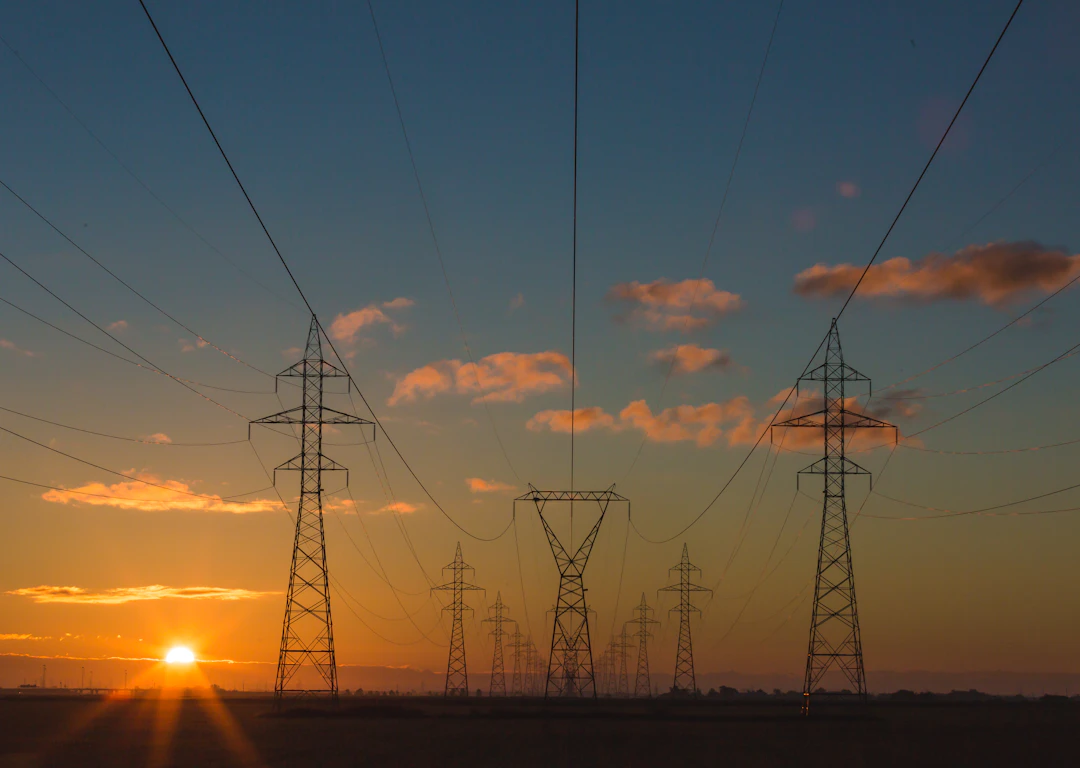Energy transformation
Activate your energy transition with the energy sobriety plan
Faced with climate challenges and increasing pressure on energy resources , it is essential for businesses and communities to rethink their energy consumption. The Sobriety Plan responds to this pressing need.
Objective: reduce the energy consumption of buildings by 10% by 2024 compared to 2019 .


Kesako?
What is the sobriety plan
Initiated in the context of the Ukrainian armed conflict and tensions on the energy markets, the Sobriety Plan was launched by the French government in October 2022. The objective for businesses and communities: reduce the consumption of their buildings by 10% by 2024, compared to 2019.
Last winter, companies and communities therefore implemented specific measures to reduce the energy consumption of their buildings.
In total, according to RTE, the French electricity network manager , these efforts have borne fruit: electricity consumption fell by 8% during the winter of 2022-2023 and that of gas by almost 13% .
What are the challenges for an energy sobriety plan?
For winter 2023-2024 , the objective is to maintain the downward trend in building consumption over time in order to:
Control your energy bill
According to INSEE, the electricity bill for businesses will increase by 86% on average for businesses in 2023.
Avoiding potential energy shortages
For winter 2023-2024, RTE warns that the situation has “not completely returned to normal” even if it is “significantly more favorable” than last year.
Comply with regulatory pressure
By December 2023, companies will have to comply with two new obligations : the DADDUE law and the tertiary decree. Added to these are compliance with the Climate and Resilience Law but also the Bacs Decree .
Strengthen your CSR approach
CSR commitments are increasingly monitored by company stakeholders . A committed CSR approach and an asserted societal role are vectors of attractiveness for talents , in a tense environment.
Manage your consumption
The internal implementation of a management solution is essential for companies with more than 10 buildings . Energy sobriety therefore becomes an operational issue
Learn more
Our resources
Succeed in your 2024 sobriety plan
La Poste succeeds in its 2023 Energy Sobriety Plan
While the energy sobriety plan is becoming a major issue in reducing the environmental impact and making savings, the La Poste Group has been able to meet this challenge by relying on the DataMARC energy management platform and the expertise from Sober Energy.
Webinars
Learn more about energy sobriety and the regulations that apply to it in live or replay video!
Learn moreWhite papers
Discover our white papers which condense all the information on a specific theme to best guide you in your project!
Learn moreHow to go about it?
What levers should be put in place?
1st lever to reduce your bill because it represents 50% of a building's consumption in winter.
Set the maximum heating temperature in offices:- 19°C during the day,
- 16°C at night
- 8°C when the building is closed for more than 3 days
Install autonomous heating or heat recovery devices.
- Turn off interior lighting in buildings as soon as they are unoccupied.
- Exterior lighting must be reduced, particularly advertising lighting, and it must be turned off no later than 1 a.m.
- In offices, lighting must be modernized (switching to LED) and combined with automatic presence detection and daylight control
- Appoint an ambassador or an energy efficiency representative in each establishment.
- Set up an teleworking organization in the event of particular tension on the network (red Ecowatt signal).
- Reduce the use of domestic hot water in offices.
- Group trips and delete unnecessary ones.
- The train should be preferred for business trips of less than 4 hours .
- Where possible, train and public transport should be preferred over the car